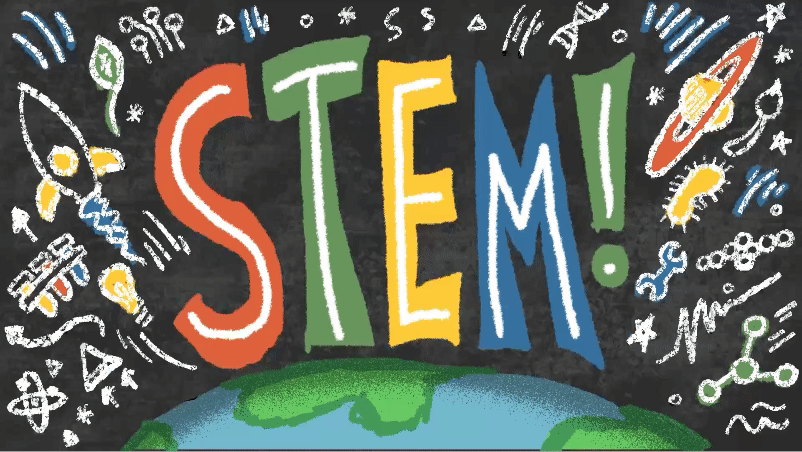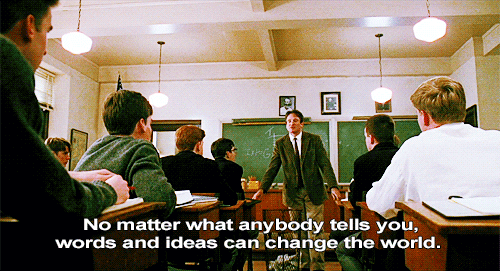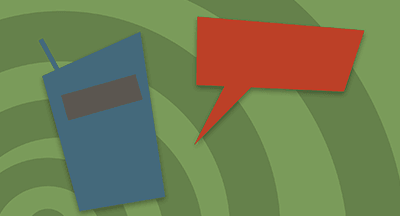
At this point, it’s not a new mission to integrate STEM education into curriculum. With Congress providing a 22% funding increase (15 million dollars!) for STEM-focused activities this past year, and with a decade-long upswing in the number of programs and extracurriculars devoted to these fields of study, there is a stable groundwork in place for the students of today to become the scientists, technologists, engineers, and mathematicians of tomorrow.
So how do we lift STEM education even higher without oversaturating the course catalog and overtaxing staff and students? Take what you have and make it even more accessible.
Where to start with STEM accessibility?
When it comes to resources and programming, it’s all about leveling the playing field in STEM education. It's not just a goal, it's a must. So how can districts break down barriers and create a fair shot for every budding scientist, engineer, or innovator?Demystify STEM to appeal to varied interests
Quick—name one job in each area of STEM! When put on the spot, it’s easy enough to come up with a doctor, a computer programmer, a mechanical engineer, and a math teacher, but it’s just as easy to limit the imagination to seeing those as the only types of STEM careers. Do young people realize that a STEM career could include fragrance chemists? Volcanologists? Ethical hackers?It’s difficult for young people to get excited about a career that they don’t even know exists, or a career that they think is just doing math problems and scientific equations all day.
Generate interest by painting a more detailed picture of what jobs in these career fields truly are, and what some of them are like on a day-to-day basis, besides just poring over numbers. Invite members of the local community into the school to talk about or demonstrate what their job entails. For higher grade levels, encourage job shadows or apprenticeships. Have a Zoom conference with an expert in a wild and unique STEM job where kids can do a Q&A.
By providing real-world exposure and interactive experiences, schools can strive to ignite curiosity and reveal the dynamic reality of the STEM professions students may be filling in the future.
Foster diversity and inclusion in the STEM space
Unfortunately, even now in the 21st century, access to STEM careers is still out of balance, with only 9% of jobs being held by black workers, and 8% held by Hispanic workers. While women have made gains in STEM to become 35% of the workforce, there is an even more definite disparity between the types of jobs they move to.Overall, the highest numbers of women in STEM are seen in the medical and life sciences, at 74 and 48 percent, respectively. Contrast this with just 15% of women in engineering and 25% in computer sciences, where the disparity is most clear.
While the shift to accessibility and balance would take deep societal changes, schools can begin with small steps forward.
First, encourage admin and staff to take an objective look at the school environment and the discourse within to see if there are biases muddying the waters surrounding STEM. Consider this riddle: a father and son are in a car accident and taken to the hospital. The surgeon walks in, looks down at the boy, and proclaims, “I can’t operate—that boy is my son!” How is this possible?
If the realization of the surgeon being a woman—the boy’s mother—did not come, or came uncomfortably late, the first change to your STEM program needs to be a mindset change.
Don’t overengineer STEM education
As much of a hot item STEM has become in the education sphere, there are still schools and districts that simply don’t have the financial or physical resources to build extensive programs, which widens the socio-economic divide present in STEM fields.Even without dedicated STEM courses, this doesn’t mean that students in rural or low-income districts need to start from square zero. STEM-related soft skills and knowledge—like self-motivation, creative problem-solving, and collaboration—can build a desirable foundation for concepts that are harder to learn later on.
But the hard skills are still valuable, and vital to cultivate as early as possible. To do this, lean into the idea that it takes a village to raise a child, and lean into the community resources available. Multiple districts can partner together as a consortium to share more expensive materials, or to bring outside mobile STEM labs to the community.
That said, projects that combine principles of science, technology, engineering, and math can be effectively and engagingly taught without breaking the budget. Check out challenges like stress testing popsicle stick bridges, designing protective devices for egg drops, junk-drawer robotics, and much more that can be done with just a bit.
Bridge the humanities gap
“Medicine, law, business, engineering—these are all noble pursuits, and necessary to sustain life. But poetry, beauty, romance, love—these are what we stay alive for.” —Dead Poets Society
If STEM education is what is going put humans out among the stars, it is important to remember the humanities studies that allow people to capture the breathtaking nature of the universe. Or, at least allow them to function appropriately in a world full of other humans.
That’s not to say, however, that the humanities and STEM are oil and water. STEAM (STEM, with the addition of the arts) is an approach that takes the objectives of traditional STEM learning, but integrates more artistic creativity and problem-solving to make it to the end result. But how does the addition of the ‘A’ make these subjects more equitable? Well, an important conversation that sometimes gets left out of the STEM rah-rah is that there are students who may not have the natural aptitude for, or just might not enjoy, the technical nature of these subjects.
When these subjects are requirements of the curriculum, the creative bridge of arts integration along with student-led learning can give the artists, writers, actors, and designers a voice in the STEM space. What’s better, it will give the STEM world a touch of their own unique voices and styles.
Reach for the stars
In the end, leveling the STEM playing field isn't just about good intentions—it's about action. Districts need to continue the push for inclusive classrooms, community involvement, and accessible resources.Remember, the more open doors we create, the more bright minds we can welcome to the endless universe of STEM.
WHAT'S NEXT FOR YOUR EDTECH? The right combo of tools & support retains staff and serves students better. We'd love to help. Visit skyward.com/get-started to learn more.

|
Lindsey Canny Edtech Thought Leader |
Lindsey Canny is a marketing copywriter for Skyward, Inc., a school administration software provider based in Stevens Point, WI. Prior to working at Skyward, Lindsey spent eight years teaching 9th and 10th grade English within the Stevens Point community. Outside of work she enjoys reading books and spending time with her husband and cat.





